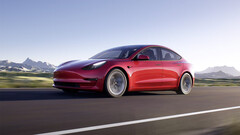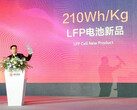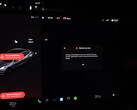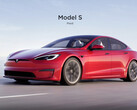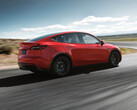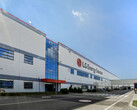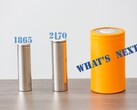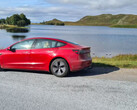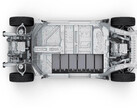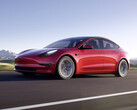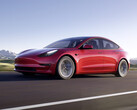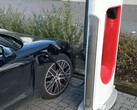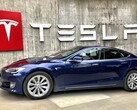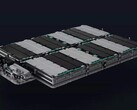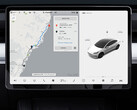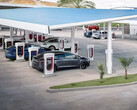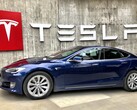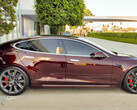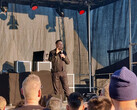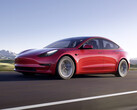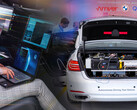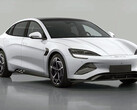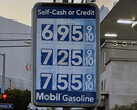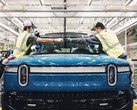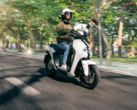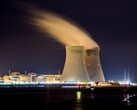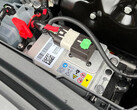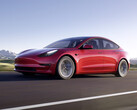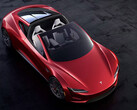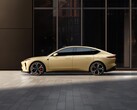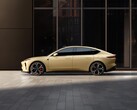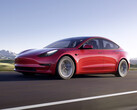Last spring, Elon Musk explained his preference for the cheaper lithium ferrophosphate (LFP) batteries that are now in the new Model 3 and Model Y batches over traditional Nickel-Cobalt-Aluminum (NCA) packs with the following prophetic revelation: "I think probably there is a long-term shift more in the direction of iron-based lithium-ion cells rather over nickel... And this is actually good because there’s plenty of iron in the world. There’s an insane amount of iron. But nickel, there’s much less nickel, and there’s way less cobalt."
Fast forward to today's war raging in Ukraine after the Russian invasion, and nickel prices have touched stratospheric heights indeed. The resulting sanctions levied against Russia as one of the main producers of nickel saw the metal's price tag triple since the conflict began to more than US$80,000 a ton from just US$24,000 on February 25. The exorbitant nickel price rise shows no sign of abating and, according to research firm CICC, even if it stabilizes around the US$50,000 mark, this will mean the equivalent of US$1580 added to the cost of a typical 60 kWh battery pack for each new electric vehicle.
Granted, LFP batteries have their own challenges. They perform slightly worse in the cold as many new Tesla 3 owners in Canada learned the hard way recently when they were left stranded with dead 12V packs. Tesla just issued an LFP battery calibration update that should remedy the issue, though. Moreover, LFP packs have slightly lower energy density than NCA ones hence a shorter range for the same capacity. Still, they can be charged to 100% often without issues if you are not on a road trip and in a hurry, whereas charging NCA batteries to more than 90% leads to quicker degradation. The biggest advantage, however, now seems the ubiquity of the raw materials that go into making Tesla's LFP batteries, as the Russian nickel prices painfully proved in the span of just two days.


